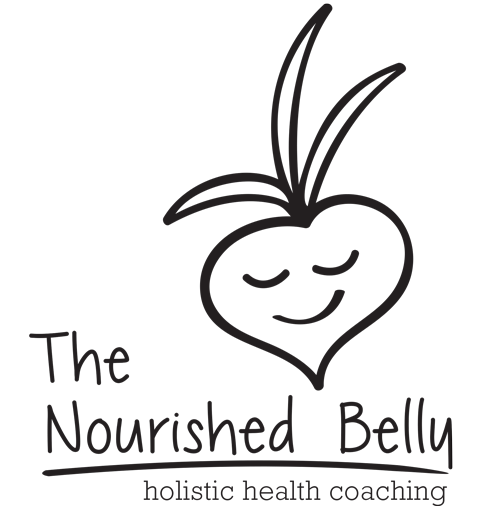Hello! First post back after the sugar challenge. I am so extremely thrilled how the challenge went for myself and for everyone involved! I have received such amazing feedback… It really shows that just a little bit of effort can make a huge difference.

Now on to Nettles! I’m excited about this post for a few different reasons. It’s the first one in my Eat This Series, although I would probably include my post about coconut oil and ghee in the Eat This category. The purpose of the Eat This postings is to show you simple and powerful foods to add into your diet for maximum nutritional benefit. The biggest bang for your buck so to speak. I’m also excited because nettles are an example of a seasonal super food. We have all become accustomed to eating foods whenever we feel like it, but when we really start tapping into what foods are available seasonally, we are increasing our awareness of nutrient density as well as tapping into the harmony of the harvest. It’s a beautiful, delicious, and healthy way to eat and live. Nettles have only recently become available in the last couple of weeks and the season usually goes through the end of April. Nettles are actually a weed, and are found all over the United States. They are also called stinging nettles, because they have stiff, bristly hairs that are found on the leaves and stems which inject a stinging fluid into the skin. An interesting note is that the sting can be used therapeutically as a treatment for increasing circulation and arthritic conditions. However, the sting isn’t pleasant, so if you find a patch to harvest, handle with care! Heat and drying destroys the sting.
Benefits
- In Traditional Chinese Medicine, they are considered a blood tonic and support the bladder, kidney, spleen and liver.
- Detoxifying
- Helpful for allergies and hay fever
- Good for hypoglycemia because they help reduce blood sugar levels
- Helpful for high blood pressure
- Lowers inflammation
- Nutrient Dense
Nettles are extremely high in vitamins and minerals, including vitamin C, Vitamin K, Carotenes and Iron. The other day, I let the fresh nettles steep all day, and the tea turned into this amazing dark green potion! It was so thick and felt heavy and rich in my mouth. I was just simply amazed by the color! It’s SO green…. The chlorophyll just pours out of it! Chlorophyll is an excellent source of magnesium, and for maximum absorption, drink the tea while eating a bit of fat. My fellow nutrition friend Corinne Steel uses a bit of flax seed oil that she pours into her carrot juice to better absorb the carotenes. Same idea with chlorophyll; it has both fat and water soluble components. Fresh nettles can be sautéed like spinach, and are delicious! Don’t forget to add some butter for better absorption!
You can buy nettles dried as tea, and I often brew these overnight to get all the goodness out of them. Nettle and mint are a good combination. Although dried nettles are great to use, definitely take advantage of using fresh nettles if you can find them at the Farmers Market. If you are in the Bay Area, Happy Boy Farms is already selling them. Check out the market schedule here.
Have fun exploring with the amazing super food! Eat them. Send us some comments if you gave them a try…. Enjoy!
References:
McGee, Harold (2004) On Food and Cooking: the Science and Lore of the Kitchen. New York; Scribner.
Wood, Rebecca. (2010) The New Whole Foods Encyclopedia. New York. Penguin Books.

